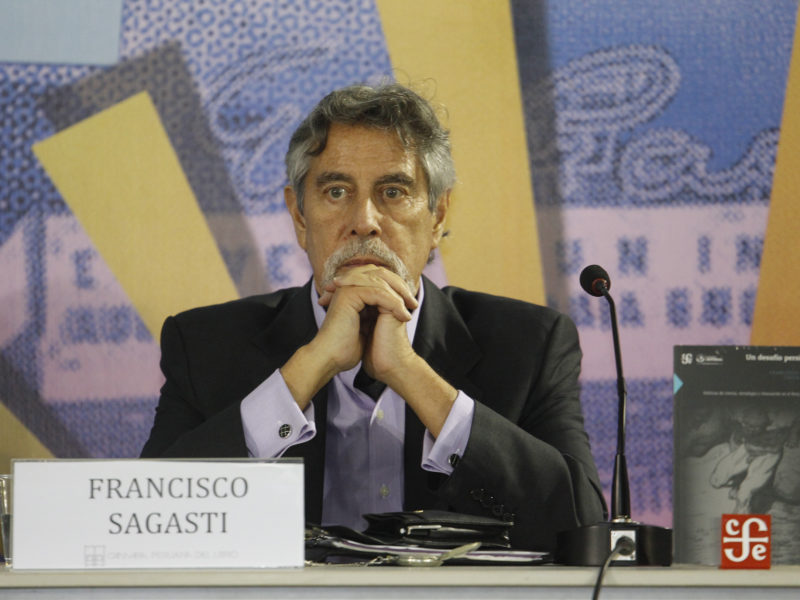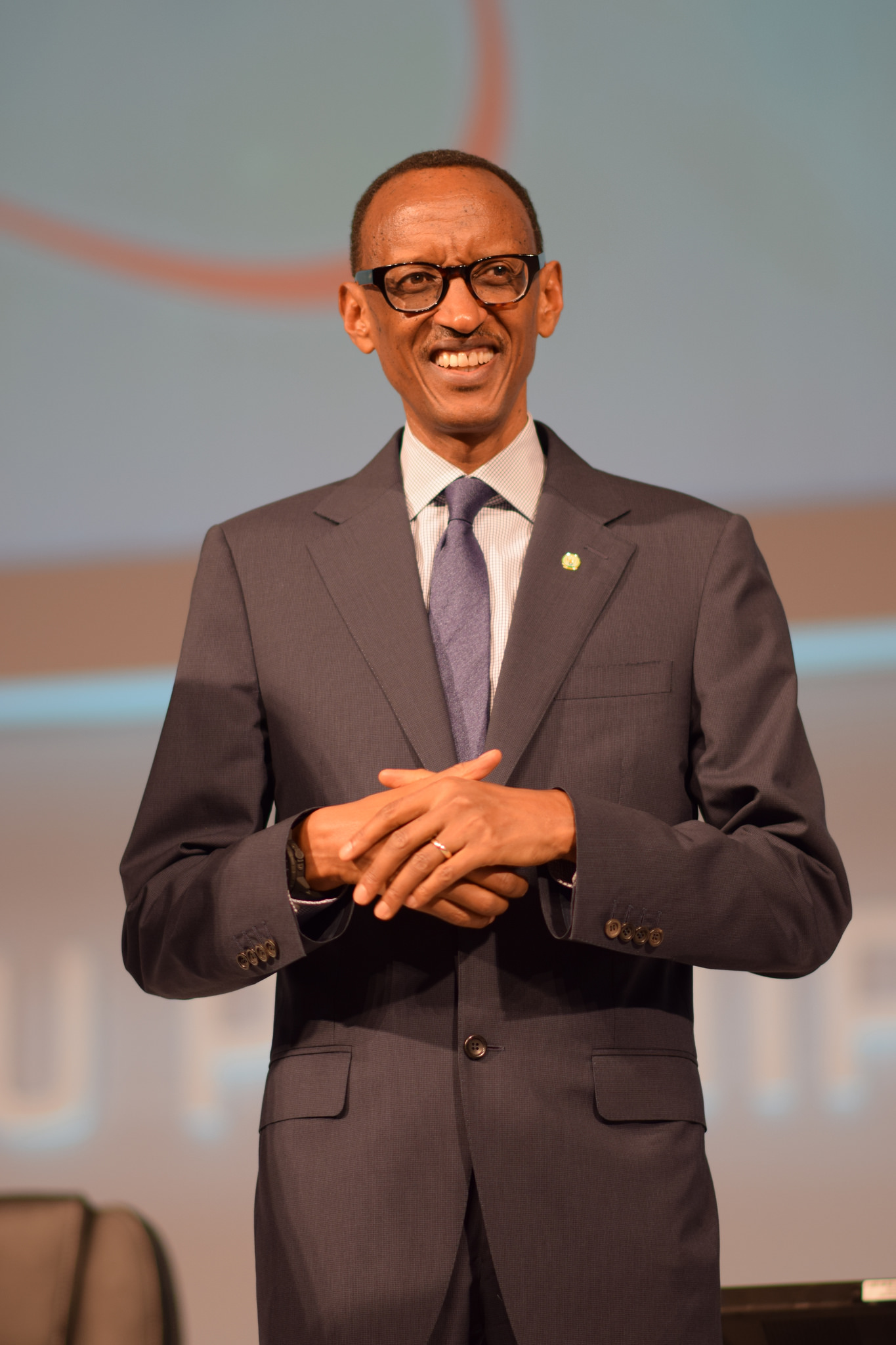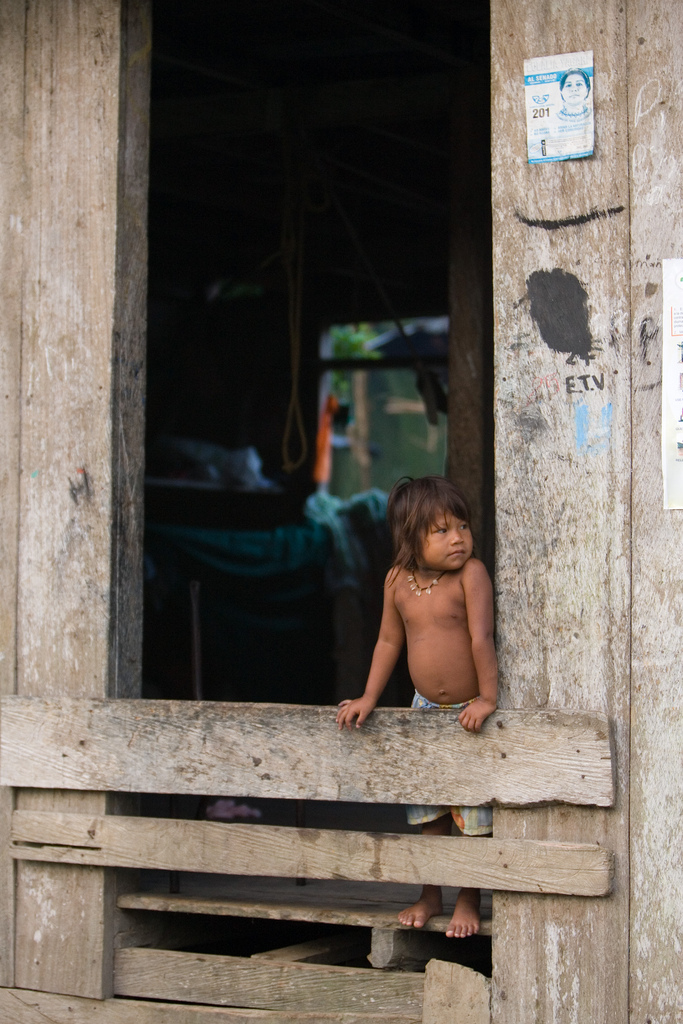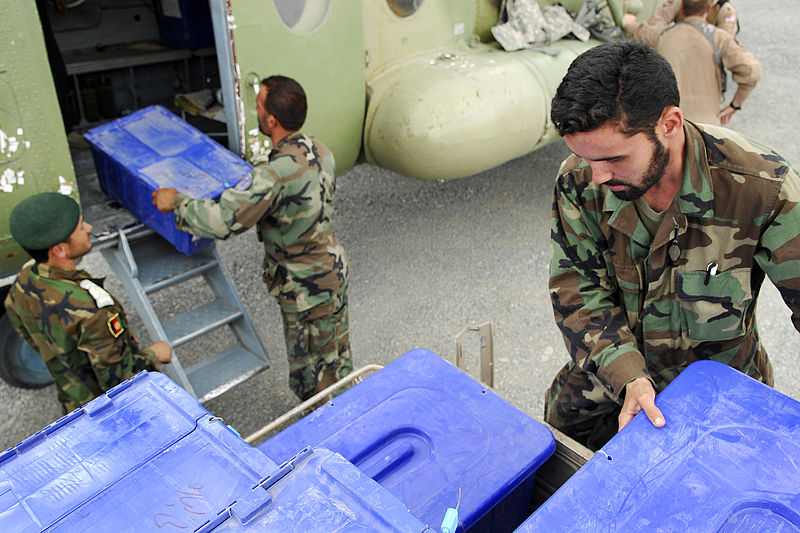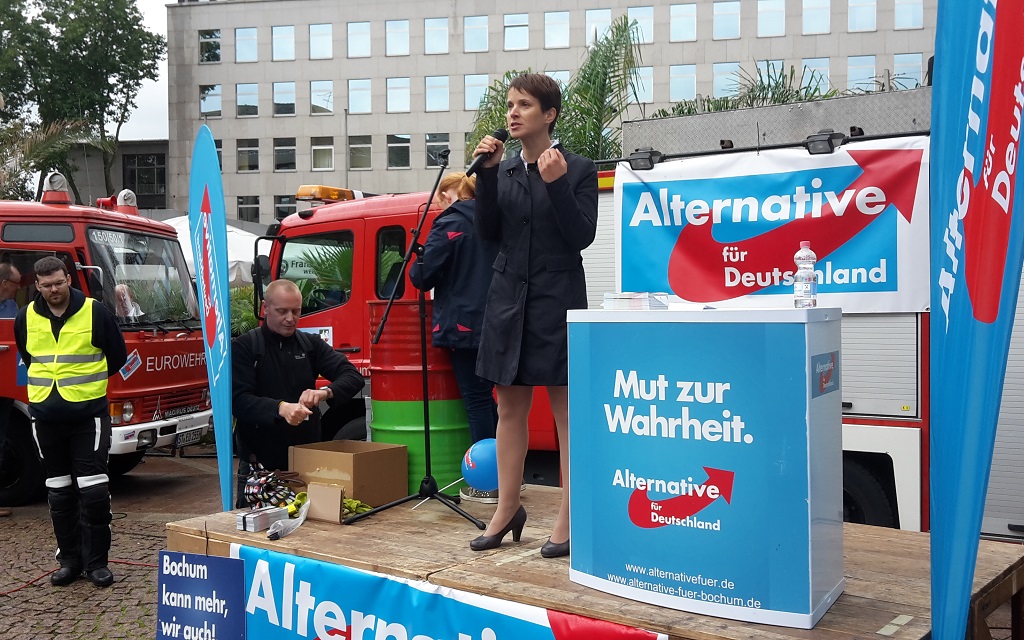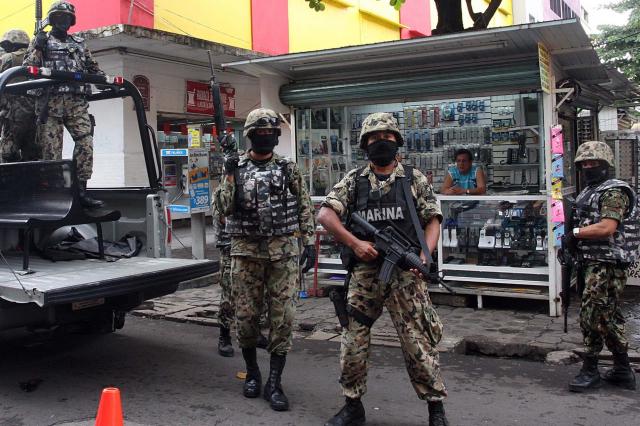Last Tuesday, Peru swore in its third president in just over a week. Large protests against government corruption erupted after the Congress ousted President Martin Vizcarra and appointed Manuel Merino in his place. After five days, and deadly protests in which 27 people were wounded and two killed, Merino resigned. The government subsequently appointed Francisco Sagasti, who will have five months in office until presidential elections are held in April 2021.
The appointment of Sagasti is hoped to calm tensions—he belongs to the only party that voted against the impeachment of Vizcarra—but in a country with the third highest death rate from COVID-19 and a dire recession, the future is unclear.
Today, we look back on Devin Finn’s post from 2016, on Peru’s history of activism against authoritarianism.
LEGACY OF VIOLENCE AND PERU’S POLITICS: ACTIVISM AGAINST AUTHORITARIANISM
By Devin Finn
Electoral politics sometimes reflects the legacies of violent contestation a country has experienced, exposing the contours of past injustices and providing some hope that they are being resolved. In Peru’s recent presidential election, a conservative technocrat prevailed over the dynastic candidate Keiko Fujimori – the 41-year-old daughter of former dictator Alberto Fujimori – by a notably slim margin: about 41,000 votes. Voters rejected the abuse of power that Fujimorismo signifies in modern Peru, demonstrating that memory of the civil war’s (1980-1992) violence and the authoritarianism that defined the 1990s could influence their political decisions.
When Leftist politician Verónika Mendoza, who had herself been eliminated from the presidential race in April’s first-round vote, announced a week before the election that she would support the business-friendly Pedro Pablo Kuczynski, people followed her lead. Mendoza encouraged her supporters to reject Fujimorismo, framing its legacy as: theft of state funds that could have paid for schools and hospitals; links to drug trafficking; bribery of journalists and media outlets during the 1990s; and extrajudicial use of violence. But Mendoza’s late-in-the-game embrace of Kuczynski mattered for reasons other than leftists’ strategy to defeat Fujimori. Her leadership of the new Broad Front party signifies a widening participation in politics, an acknowledgment that the diversifying and growing Left has constructive ideas for social reforms. In addition, this electoral campaign brought different forms of everyday mobilization to the fore – creative activism that promised to hold perpetrators of violence and rights violations accountable, and fulfill the promises of citizenship owed to victims of wartime crimes and the indigenous communities that continue to be left behind twenty years after the conflict’s end.

